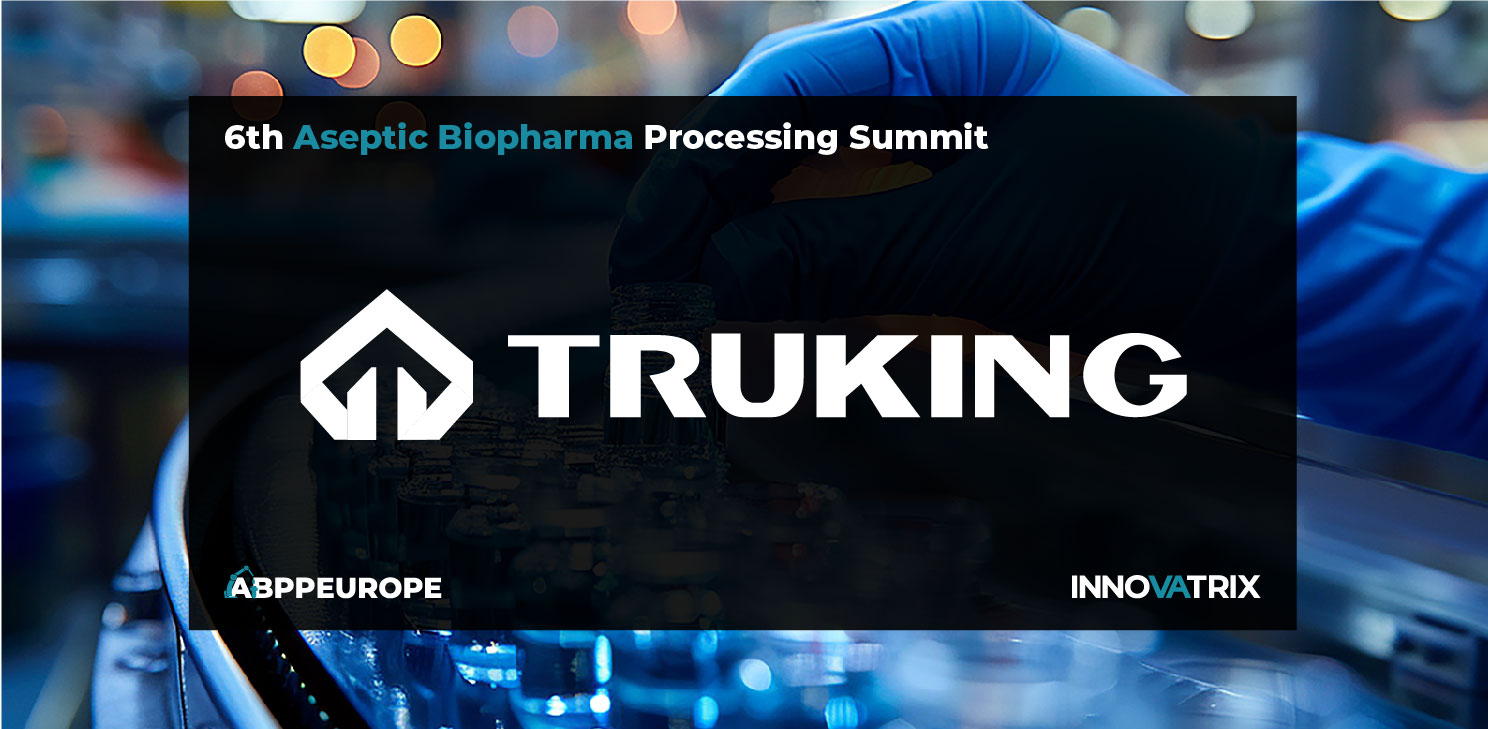Digital identity verification still relies on clients needing to locate and take decent images of their documents, an alternate method can cut down on onboarding time as well as being beneficial to the client and business relationship.
Using digital methods of identity verification has become essential for ensuring security and convenience for client onboarding in today’s age. Cutting out the hassle of having to visit a brick-and-mortar branch of a financial institution to provide authentication, it provides a reliable and quick way to onboard clients, safely deliver services, and handle transactions for global customers. However, there are still innovations to be made, as digital identity verification still relies on the client providing digital images of documents and the subsequent tasks of checking them for authenticity and verifying them against records that still have to be carried out by a financial institution. Non-document identity verification allows for those extra, time-consuming tasks to be eliminated and replaced with a far faster method for both the client and service provider.
Document verification checks the authenticity and accuracy of documents, such as passports, IDs, driving licenses, or financial records, to verify the identity of an individual. Physical documents can be forged or altered easily, but there are some security checks, such as optical character recognition, pattern recognition, and MRZ decryption. The need for manual checks is time-consuming and inefficient and can lead to delays in service provision and increased operational costs, as well as the inconvenience of uploading documents for the client. Non-document verification uses biometrics or device authentication to further confirm a user’s identity after cross-checking data. Biometric verification methods include facial recognition, fingerprint recognition, and voice recognition combined with a liveness check to ensure the biometric data provided is from a human, rather than a presentation attack from a fraud perpetrator. The data is converted into a mathematical file and cross-referenced against governmental databases and other trusted sources that have previous biometric samples using an ABIS system. Non-document verification eliminates the need for users to upload photos or documents, offering a valuable advantage for online customer verification in countries with secure databases.
Non-document verification provides enhanced security as biometric data is difficult to forge or manipulate, making it harder for individuals to impersonate others, so organisations are able to reduce the risk of fraud, such as synthetic identity theft or the use of fake identity documents. It can also be a cost-saving option, as financial institutions can save on administrative costs associated with document handling and storage, especially when it comes to address verification. Non-document verification provides fast user onboarding as it eliminates the need for users to provide physical documents and reduces manual document review. Scaling across global markets has huge potential in many countries where people may not have identity documents to hand or the circumstances to receive them.
However, clients may have privacy concerns about authentication systems storing sensitive information about them, such as their fingerprints or facial features, and a potential data breach puts them at risk. Biometric authentication systems may sometimes incorrectly identify individuals, leading to false positives or rejecting legit users, either due to a person’s biometric traits changing (with age/due to some accident/weight gain or loss) or poor image capture, leading to frustration and inconvenience for users. Sometimes incorrect identifications are due to inadvertent racial bias by the machine learning algorithm, with studies showing that African-American and Asian people experienced 10-100 times higher false identifications, which can reflect poorly on the financial institution deploying the software. There is a high cost associated with it too, as systems can be expensive to implement and maintain to ensure effectiveness, and they may not be able to be utilised in a country that lacks the government infrastructure to have a reliable database that can be used for verification.
Non-document verification provides an alternative to traditional verification methods that can reduce onboarding time significantly and increase applicant conversion rates due to the elimination of a time-consuming task for both the client and the company. However, it is not feasible in countries where a secure database is not available and runs the risk of making false identifications. As we move into an increasingly computerised world where one day all businesses and governments will operate digitally, these issues may no longer be a concern thanks to ceaseless innovations in this industry. Stay informed of these new technologies and innovations by attending the Innovatrix 2nd Client Onboarding and Digital Identity Summit for Financial Institutions in Prague, Czech Republic, on September 18–19, 2024.
For more information, visit our website or email us at info@innovatrix.eu for the event agenda.













